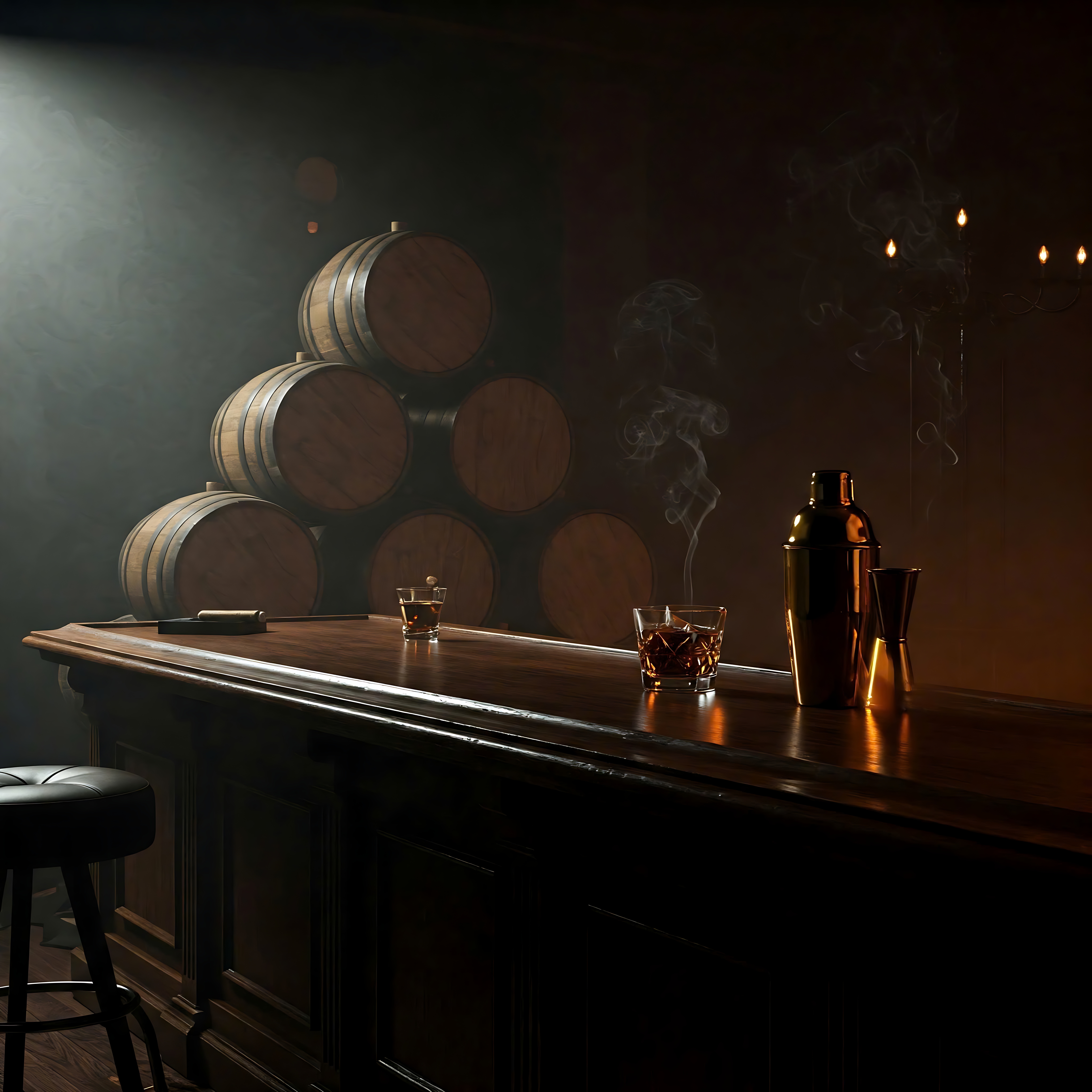Sotol’s history is as much about survival as it is about tradition. In the early 20th century, when the United States enforced Prohibition, sotol became an unlikely smuggler’s favorite.
The Spirit of the Borderlands
Northern Mexico’s proximity to Texas and New Mexico made sotol a convenient spirit to slip across the border. Unlike tequila, which had growing regulation, sotol was still largely produced in remote ranchos and Indigenous communities. Its scarcity and bold flavor gave it a reputation as the drink of outlaws and rebels.
Criminalized at Home
The rise of tequila and mezcal as national exports created tension. To favor these industries, the Mexican government criminalized sotol production in the 1920s, branding it a dangerous moonshine. Distilleries were destroyed, barrels burned, and sotoleros imprisoned. Yet clandestine production endured, sustained by families who refused to abandon their traditions.
A Legacy of Resistance
These years cemented sotol’s identity as a spirit of resilience. For many in Chihuahua, Durango, and Coahuila, sotol was more than a drink—it was a symbol of cultural defiance. Today, festivals like El Entierro Sotolero (The Sotol Burial) commemorate those years of prohibition, when sotol was literally buried to evade authorities, only to be unearthed for community celebrations.


Leave a Reply